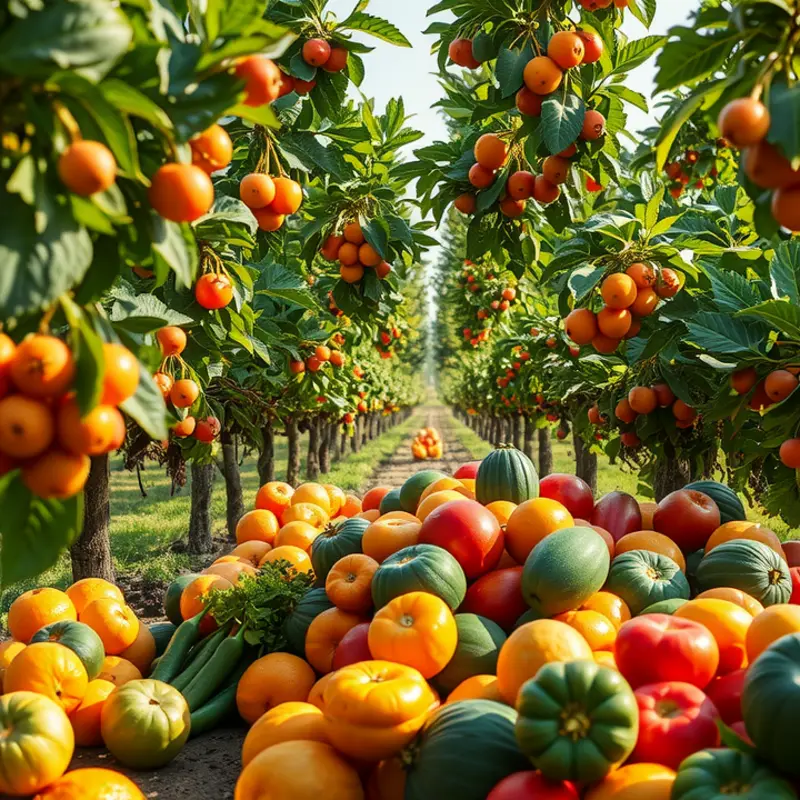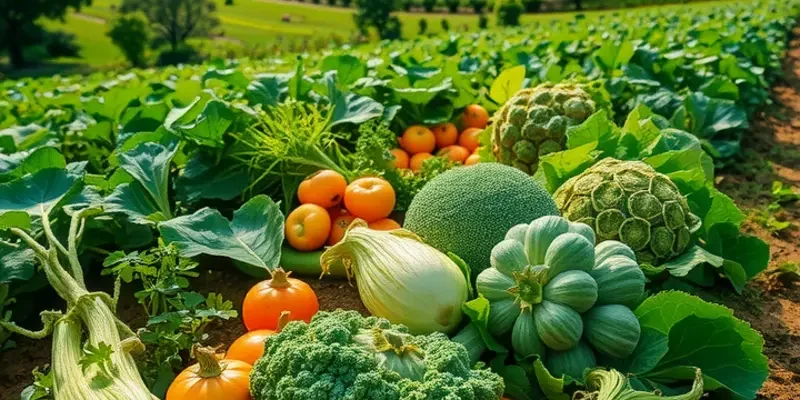Practicing meal gratitude is a powerful tool for enhancing emotional health and fostering mindful eating habits. When we embrace gratitude for our food, we not only cultivate a deeper connection with our meals but also enrich our overall well-being. This approach leads us toward healthier eating patterns and a more fulfilling relationship with food. Together, let’s explore practical ways to integrate gratitude into our daily meals and transform our eating experiences.
The Power of Gratitude in Eating

Gratitude transforms our interaction with food into a nourishing experience that enriches both body and soul. By consciously acknowledging and appreciating the labor behind each meal, we shift from mere consumption to a more meaningful relationship with what we eat.
Our daily meals stem from countless hands and efforts. Pausing to recognize this can anchor us in the present, fostering a sense of interconnectedness. This awareness not only elevates our emotional well-being, but also promotes healthier eating habits. Expressing gratitude for our food reminds us of its value, prompting decisions that honor our bodies and the planet.
Gratitude enhances emotional well-being by reducing stress and cultivating a positive mindset. When we focus on appreciating the sources of our sustenance, our meals become opportunities for mindfulness, leading to deeper satisfaction and clarity around our dietary choices. For instance, when considering the origins of a simple salad, acknowledge the farmers who tended the fields, the earth that nourished the plants, and the logistics that brought it to your table. This practice not only improves mood but can also deter mindless eating.
Incorporating gratitude into our meals encourages mindful eating, a practice that demands attention to hunger cues and pace. When we eat mindfully, we savor flavors more and recognize when we are satiated, making it easier to avoid overeating and its associated discomfort. The simple act of saying ‘thank you’ silently before a meal or reflecting on the journey of the ingredients can deepen our enjoyment and understanding of food’s role in our lives.
Gratitude exercises can be seamlessly woven into your routine. Begin by setting aside a moment before each meal to breathe deeply, and mentally list the aspects of the food to be grateful for. This could range from the nutrition it provides to the individuals who made its preparation possible. Practicing such rituals rewires our brain patterns to favor appreciation over habitual ignorance.
Journaling is another effective exercise. At the end of the day, jot down meals you appreciated and note how gratitude influenced your eating habits and emotional state. This practice not only reinforces positivity but also helps identify any areas where change might be needed in your diet or attitude towards food.
To integrate gratitude into your meal planning, consider both minimal preparation and sustainability. Emphasizing efficiency and reducing food waste aligns perfectly with mindful eating practices. For tips, explore how to incorporate minimal-prep dinner ideas to keep meals simple, yet satisfying.
By weaving gratitude into how we eat, we unlock the potential to develop a richer, more fulfilling relationship with our meals. This transformative approach not only enhances personal health but also fosters a broader respect for the intricate tapestry of life that sustains us.
Mindful Eating Practices Rooted in Gratitude

Integrating gratitude into our meals begins with the practice of mindful eating. This approach allows us to savor each morsel, enriches our appreciation for nourishment, and transforms the act of eating into a spiritual experience. One of the foremost techniques for achieving mindful eating is to deliberately slow down. Start by dedicating a moment to offer thanks before the first bite. This practice creates a pause that separates the busyness of life from the tranquility of meal times.
Engaging your senses is another powerful way to experience gratitude during meals. Observe the vibrant colors on your plate, inhale the nuanced aromas that rise from your dish, and listen to the sound of your utensils soft against the plate. Each sense provides a new dimension of appreciation, encouraging us to value the food’s complexity beyond its nutritional value. For further insights on enhancing flavors without added salt, consider exploring flavor boosters.
As we taste each bite, it’s important to reflect on the journey our food has made. Consider the earth that nurtured its growth, the hands that harvested it, and the labor that brought it to your table. Such reflections broaden our perspective, moving appreciation beyond the food itself to the broader systems that sustain it.
The act of expressing gratitude has profound effects on our emotional state. Studies have shown that gratitude can enhance mood, reduce stress, and foster a sense of well-being. As you cultivate a habit of saying thanks before and during meals, observe these positive shifts in your inner landscape. This emotional uplift can create a positive cycle, deepening your appreciation and enriching your overall dining experience.
Incorporating these practices into each meal can gradually transform your relationship with food. As you nurture a habit of gratitude and mindfulness, eating becomes more than a necessity—it becomes a source of joy and connection with the world around you. With each bite, you nurture not just your body, but also your spirit, finding nourishment on multiple levels.
Final words
Embracing gratitude in our meals can lead to profound changes in how we perceive food and nourish our bodies. By appreciating what goes into our meals, we invite positivity and mindfulness into our eating habits. This journey not only improves our emotional health but also allows us to build a more meaningful relationship with food. As you contemplate your next meal, reflect on the effort that brought your food to the table, express gratitude, and savor the experience. Remember, each meal is an opportunity to nurture both body and spirit.







